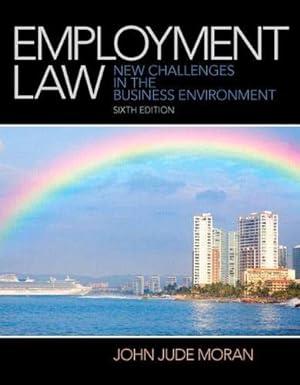Question
Students will choose and read two appellate court legal opinions from those attached in this section and do a case brief for each of those
Students will choose and read two appellate court legal opinions from those attached in this section and do a case brief for each of those opinions. Each case brief is worth up to 50 points for a total of 100 points possible.
By completing this assignment, each student will achieve the following outcomes:
(2) Compare the jurisdiction of Washington State courts and federal courts
(3) Describe significant procedural steps characterizing civil litigation
ASSIGNMENT: CASE BRIEF The assignment is to read two federal or state legal opinions from among those found in the ASSIGNMENT section. In the American legal system, a trial court initially resolves a dispute either by a dispositive motion, jury verdict, or verdict from the bench (i.e. judge). When parties disagree with that decision and other rulings made by the trial court, the disagreeing party often appeals that decision to a higher court, a.k.a., an appellate court (Supreme Court of the United States, U.S. Courts of Appeals, Supreme Court of Washington etc). Appellate courts write legal opinions resolving the disagreement after the courts have received written legal argument briefs from both parties (petitioner and respondent or appellant and appellee) and, sometimes, had oral arguments before the court. These legal opinions resolve the dispute between the parties. If it is the U.S. Supreme Court on an issue of federal law (federal statute or constitution), the decision is final. If it is a state's highest court issuing a ruling on a matter of state law, the decision is final. It is from this written court opinions that we get case law that interprets statutes, administrative agency decisions, regulations, and rules, as well as the U.S. and state constitutions.
This assignment requires each student to learn to read legal opinions. The objectives of the assignment:
Expose students to written legal opinions
Dispel myths about the bias of federal jurists
Teach students how to read the law Read your chosen opinions thoroughly.
You need to draft and help with case brief that clearly establishes and includes the following:
ISSUE: What is the court deciding in this case?
SUBSTANTIVE FACTS: What are the facts that led to the case?
PROCEDURAL FACTS: What happened to the case in courts before the case reached the court that it is currently in?
HOLDING: How did the court resolve the issue? Usually (but not always) signaled by "we hold" or "we conclude" or "we find."
REASONING: What were the court's legal reasons for the decision?
JUDGMENT: A court will either Affirm, Reverse, Remand, Vacate or Overrule a lower court's ruling.
Each Case Brief is worth 50 points. Both must be submitted together for grading. There is an example of a Case Brief listed among the attachments to assist students.
Step by Step Solution
There are 3 Steps involved in it
Step: 1

Get Instant Access to Expert-Tailored Solutions
See step-by-step solutions with expert insights and AI powered tools for academic success
Step: 2

Step: 3

Ace Your Homework with AI
Get the answers you need in no time with our AI-driven, step-by-step assistance
Get Started


